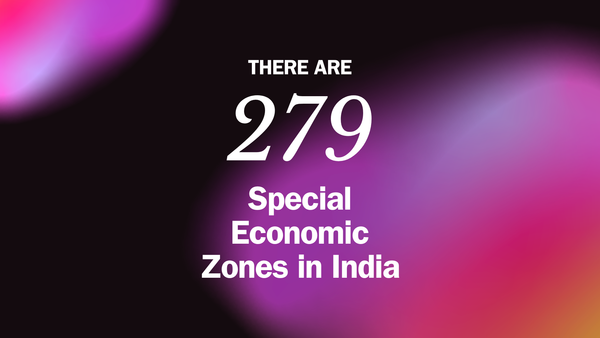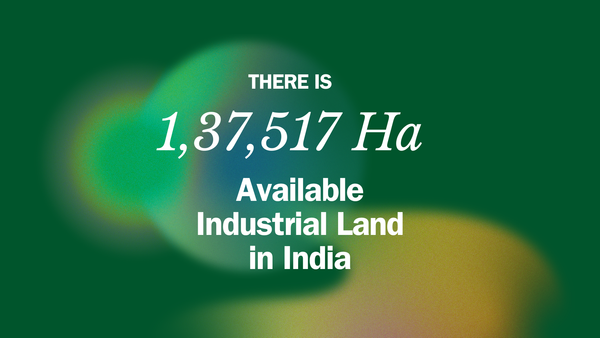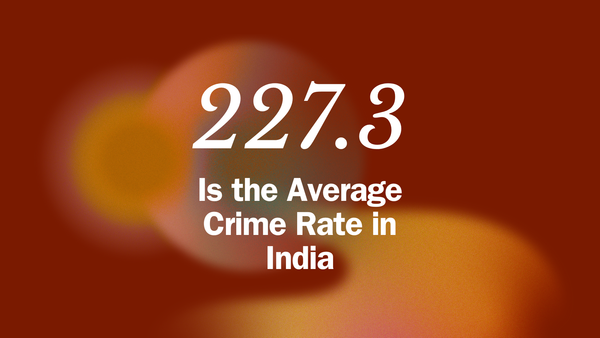Map: Indian States by Employment in Informal Sector (2025)
Explore India's informal sector employment in 2022-23: Lakshadweep leads with 66.7% share, while Uttar Pradesh has the lowest at 13.0%. Key insights from PLFS and ASUSE data reveal regional trends.
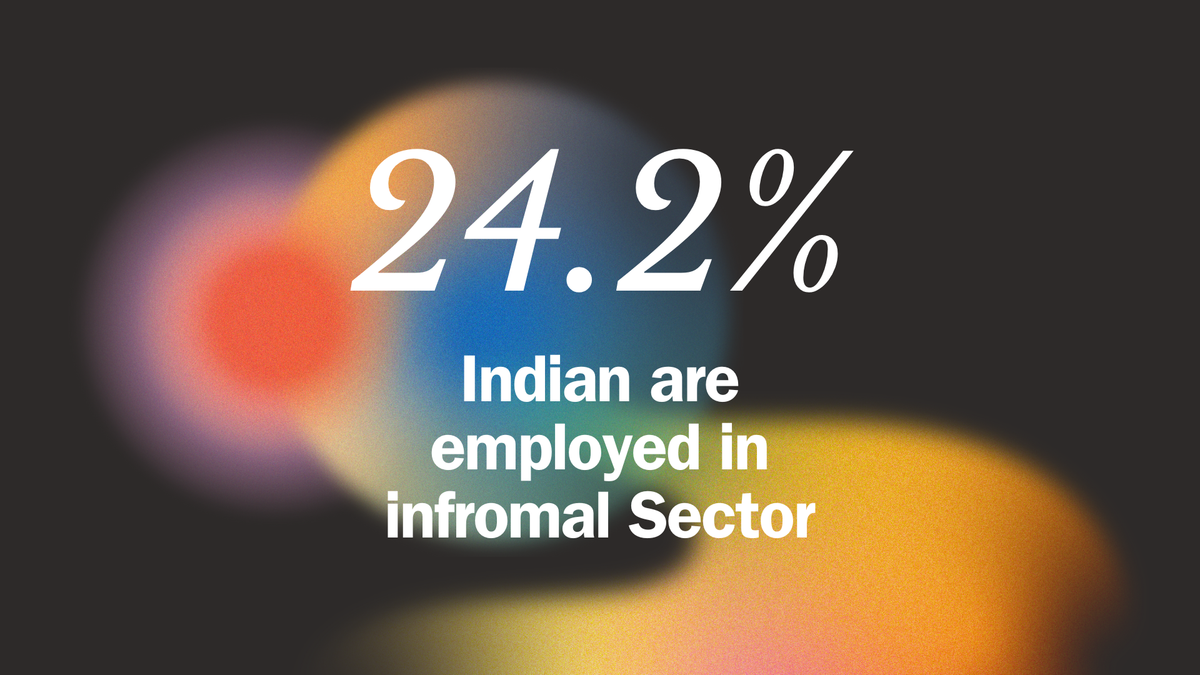
India's informal sector, which includes unincorporated businesses with fewer than ten employees and lacking social security benefits, continues to be a fundamental part of the country's economy.
According to the most recent data from the Periodic Labour Force Survey (PLFS) and the Annual Survey of Unincorporated Enterprises (ASUSE) for the year 2022-23, around 18.8% of India's total employed population—1096 lakh out of 5840 lakh workers—are involved in non-agricultural informal sector occupations.
This blog post examines the variations in informal sector employment across different states, emphasizing significant facts and interesting trends throughout India's 28 states and 8 Union Territories.
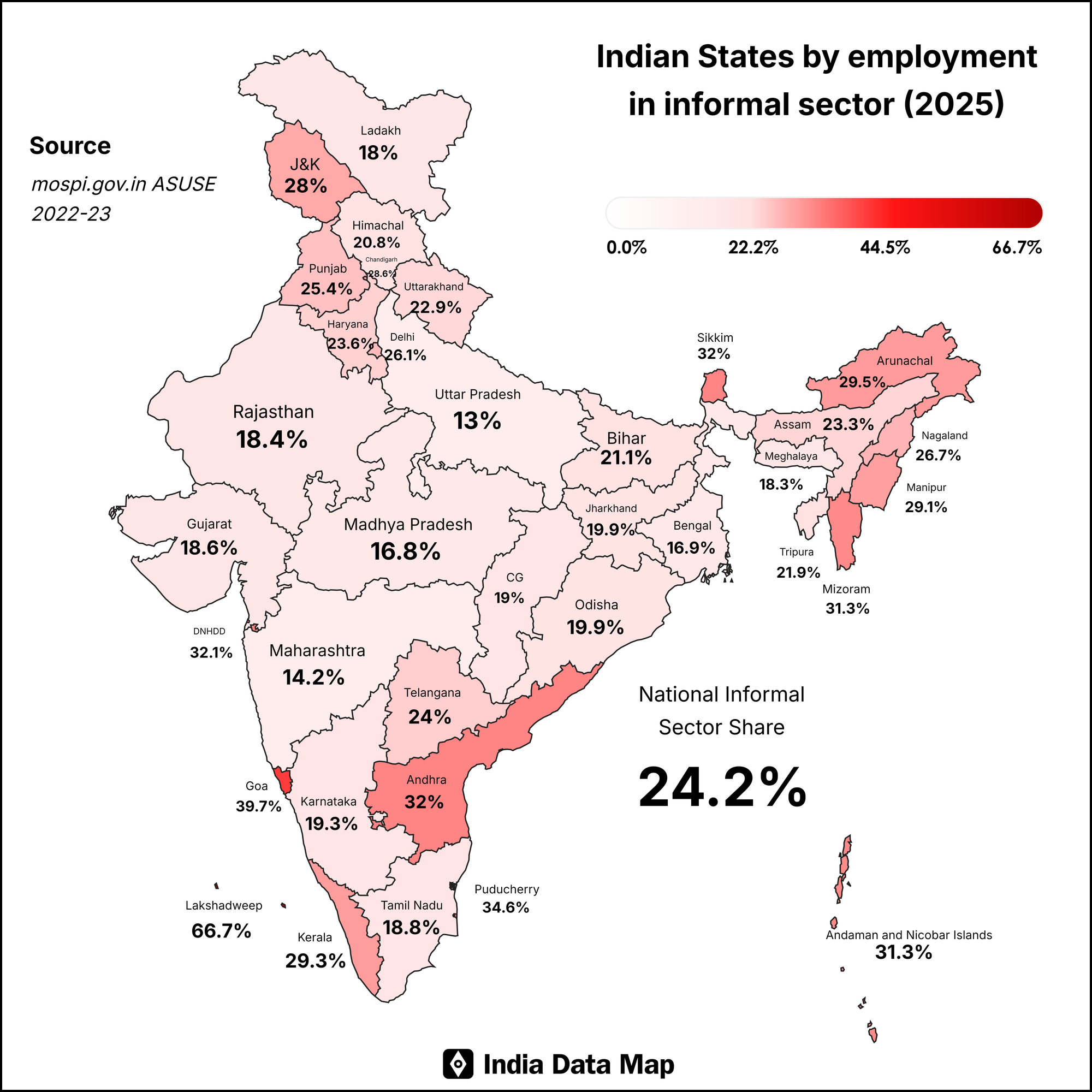
| State/Union Territory | Total Employed Workforce (Lakhs) | Informal Sector Workers (Lakhs) | Formal Sector Workers (Lakhs) | Informal Sector Share (%) |
|---|---|---|---|---|
| Lakshadweep | 0.3 | 0.2 | 0.1 | 66.7 |
| Goa | 5.8 | 2.3 | 3.5 | 39.7 |
| Puducherry | 5.2 | 1.8 | 3.4 | 34.6 |
| Dadra & Nagar Haveli and Daman & Diu | 2.8 | 0.9 | 1.9 | 32.1 |
| Sikkim | 2.5 | 0.8 | 1.7 | 32.0 |
| Andhra Pradesh | 141.2 | 45.2 | 96.0 | 32.0 |
| Andaman & Nicobar | 1.6 | 0.5 | 1.1 | 31.3 |
| Mizoram | 4.8 | 1.5 | 3.3 | 31.3 |
| Arunachal Pradesh | 6.1 | 1.8 | 4.3 | 29.5 |
| Kerala | 97.2 | 28.5 | 68.7 | 29.3 |
| Manipur | 11.0 | 3.2 | 7.8 | 29.1 |
| Chandigarh | 4.2 | 1.2 | 3.0 | 28.6 |
| Jammu & Kashmir | 46.3 | 13.0 | 33.3 | 28.0 |
| Nagaland | 7.5 | 2.0 | 5.5 | 26.7 |
| Delhi | 59.7 | 15.6 | 44.1 | 26.1 |
| Punjab | 95.7 | 24.3 | 71.4 | 25.4 |
| Telangana | 126.8 | 30.4 | 96.4 | 24.0 |
| Haryana | 93.5 | 22.1 | 71.4 | 23.6 |
| Assam | 109.7 | 25.6 | 84.1 | 23.3 |
| Uttarakhand | 34.1 | 7.8 | 26.3 | 22.9 |
| Tripura | 13.7 | 3.0 | 10.7 | 21.9 |
| Bihar | 295.4 | 62.4 | 233.0 | 21.1 |
| Himachal Pradesh | 26.0 | 5.4 | 20.6 | 20.8 |
| Jharkhand | 104.5 | 20.8 | 83.7 | 19.9 |
| Odisha | 143.9 | 28.7 | 115.2 | 19.9 |
| Chhattisgarh | 99.3 | 18.9 | 80.4 | 19.0 |
| Karnataka | 219.7 | 42.3 | 177.4 | 19.3 |
| Tamil Nadu | 246.1 | 46.2 | 199.9 | 18.8 |
| Gujarat | 208.6 | 38.7 | 169.9 | 18.6 |
| Rajasthan | 231.8 | 42.6 | 189.2 | 18.4 |
| Meghalaya | 11.5 | 2.1 | 9.4 | 18.3 |
| Ladakh | 1.2 | 0.2 | 1.0 | 18.0 |
| West Bengal | 309.6 | 52.3 | 257.3 | 16.9 |
| Madhya Pradesh | 241.3 | 40.6 | 200.7 | 16.8 |
| Maharashtra | 393.0 | 55.8 | 337.2 | 14.2 |
| Uttar Pradesh | 601.7 | 78.4 | 523.3 | 13.0 |
| Total | 5840.0 | 1096.0 | 4744.0 | 18.8 |
Key Facts
National Overview: The informal sector represents 18.8% of total employment in India, comprising 1096 lakh workers engaged in non-agricultural sectors such as manufacturing, trade, and services.
The formal sector is predominant, employing 4744 lakh workers, indicating a gradual transition towards formalization in the country.
Top Contributors: Uttar Pradesh ranks first in terms of absolute numbers, with 78.4 lakh informal workers, followed by Maharashtra with 55.8 lakh and West Bengal with 52.3 lakh. This trend is influenced by their large populations and varied economies.
Highest Informal Shares: Lakshadweep leads with 66.7% of its workforce involved in the informal sector, followed by Goa at 39.7% and Puducherry at 34.6%.
These smaller regions, which have limited opportunities in the formal sector, heavily depend on informal employment.
Lowest Informal Shares: Uttar Pradesh (13.0%) and Maharashtra (14.2%) exhibit the lowest shares of informal sector employment, primarily due to their substantial agricultural workforces (45.8% nationally) and the expanding formal sectors in urban areas such as Mumbai and Noida.
Noteworthy Insights
Small Regions, High Informal Dependence: Union Territories such as Lakshadweep, Puducherry, and Dadra & Nagar Haveli and Daman & Diu demonstrate significant informal sector proportions (66.7%, 34.6%, and 32.1%, respectively).
Their limited populations and industrial frameworks result in informal businesses, including small-scale trade and services, being predominant in employment.
For example, Lakshadweep’s 66.7% informal share indicates its dependence on micro-enterprises within the fishing and tourism sectors.
Southern States’ Balanced Economies: States such as Andhra Pradesh (32.0%), Kerala (29.3%), and Telangana (24.0%) exhibit above-average informal sector shares, yet their economies are evolving.
Karnataka (19.3%) and Tamil Nadu (18.8%) are closely aligned with the national average, showcasing a balance between formal IT/manufacturing sectors and informal trade/services.
This points to a shift towards formalization in southern India, propelled by urbanization and educational advancements.
Northern Disparities: Northern states like Bihar (21.1%) and Uttar Pradesh (13.0%) possess substantial informal workforces in absolute numbers (62.4 lakh and 78.4 lakh, respectively), although their shares differ due to the predominance of agriculture.
Conversely, Jammu & Kashmir’s estimated 28.0% informal share underscores a reliance on informal trade and services, potentially stemming from limited industrial development following administrative changes.
Northeast’s Informal Leanings: States such as Mizoram (31.3%), Arunachal Pradesh (29.5%), and Manipur (29.1%) report high informal sector shares, indicative of underdeveloped formal sectors.
Small populations and dependence on trade and services contribute to these statistics, with few large-scale industries available to formally employ workers.
Urban vs. Rural Divide: Urban areas like Delhi (26.1%) and Chandigarh (28.6%) reveal considerable informal employment, likely within urban informal services (e.g., street vending, small retail).
In contrast, rural states such as Chhattisgarh (19.0%) and Jharkhand (19.9%) exhibit lower shares, as agriculture occupies a significant portion of the workforce, thereby diminishing the informal sector's presence.
Conclusion
The informal sector in India continues to be a crucial component of the economy, exhibiting significant regional disparities.
Smaller Union Territories such as Lakshadweep and Goa depend substantially on informal employment because of the scarcity of formal job opportunities, whereas larger states like Uttar Pradesh and Maharashtra exhibit lower levels of informality due to their varied economies and the predominance of agriculture.
This data highlights the necessity for specific policies aimed at assisting informal workers, particularly in areas with a high reliance on this sector, while also promoting formalization in states experiencing growth in industrial and service industries.
For a more comprehensive analysis of the statistics, please refer to the PLFS and ASUSE 2022-23 reports available at mospi.gov.in.

